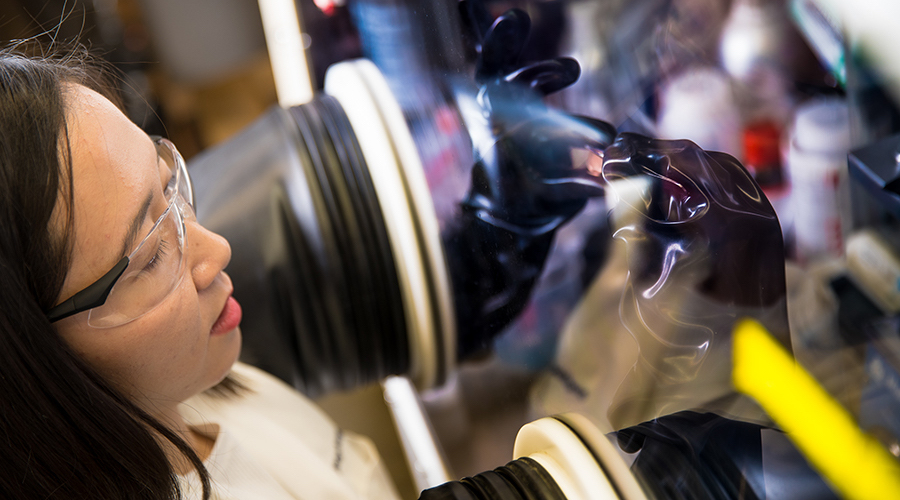This is why lithium batteries fail

Lithium metal batteries fail when bits of lithium metal deposits break off from the surface of the anode during discharging and are trapped as “dead” or inactive lithium that the battery can no longer access. This trapped lithium is largely responsible for lowering the Coulombic efficiency of the device.
This is what researchers at the University of California San Diego found after developing a technique to measure the amounts of inactive lithium species on the anode and studying their micro- and nanostructures. In detail, they added water to a sealed flask containing a sample of inactive lithium that formed on a cycled half-cell. They found that unreacted lithium metal is the main ingredient of inactive lithium. As more of it forms, the lower the Coulombic efficiency sinks.
The researchers hope their method could become the new standard for evaluating efficiency in lithium metal batteries
Their discovery was published in the scientific journal Nature and it challenges the conventional belief that lithium metal batteries fail because of the growth of a layer, called the solid electrolyte interphase or SEI, between the lithium anode and the electrolyte.
“By figuring out the major underlying cause of lithium metal battery failure, we can rationally come up with new strategies to solve the problem,” the lead author of the study, Chengcheng Fang, said in a media statement. “Our ultimate goal is to enable a commercially viable lithium metal battery.”
According to Fang, lithium metal batteries, which have anodes made of lithium metal, are an essential part of the next generation of battery technologies. They promise twice the energy density of today’s lithium-ion batteries -which usually have anodes made of graphite-, so they could last longer and weigh less.
“This could potentially double the range of electric vehicles,” she said.
More News
{{ commodity.name }}
{{ post.title }}
{{ post.date }}



Comments